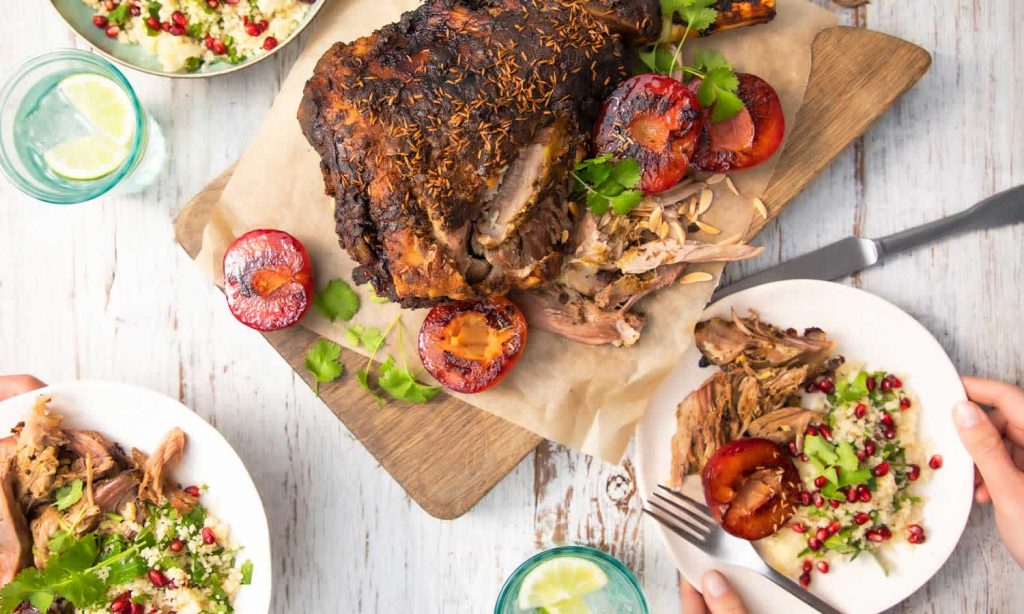I spent most of my childhood in Melbourne, and like a lot of people living in a big city, I didn’t think too much about where the food on my plate came from. My mum and dad would bring home grocery bags from the local supermarket and cook tasty meals for my brothers and I. Food was always there, and I guess I took that for granted.
I was 12 years old when my parents decided to buy a farm 1,000 kilometres away from Melbourne. High rises and traffic were replaced with open skies and paddocks with kangaroos. Food suddenly became something that did not originate from a supermarket, but from the land that surrounded me.
I fell in love with the landscape and felt a tremendous privilege to be involved in growing food that would nourish people. With my family, I learnt the secrets of the soil, marvelled at the plants and animals, and developed a great sense of belonging to the rural community.
But it was the decade-long Millennium drought that changed my life forever. Between the years 2000–2010, very little rain fell in rural Australia. My home became dry and dust-storms turned the skies red. My heart ached watching the land suffer and the same pain was felt by my family and community. We obsessively looked to the skies, waiting for the rain to come again.
That’s when I began to connect the dots between the land, the climate and the food on my plate.
It was at this point that I started to read about climate change and to learn about the damage we are doing to our planet. I began to understand that extreme weather events —
like droughts, bushfires and floods — were becoming more frequent and intense. I became worried about the rate and scale of the changes occurring and concerned with the lack of leadership in tackling this issue. I knew I had to do something.
We can live and eat in a way that is good for both people and the environment. But that requires all of us to look at the food before us and ask, “Is this doing good for me and the planet?”
By selecting local, seasonal, nutrient-dense foods, we can nourish our bodies and do good for our environment. By avoiding highly processed foods and saying “No” to snacks packed with salts, sugars and fats and wrapped in excessive plastic, we can live healthier and more fulfilling lives.
The decisions we make in the supermarket aisles have a flow-on effect back down the food supply chain and ultimately sends a message to farmers on what to grow and how to produce it.
One of the biggest (and easiest) steps we can take in the kitchen to help farmers and our planet, is to avoid food waste. When we throw food into the bin, we are sending all the nutrients, water, labour, that went into producing it, straight to the garbage. This ends up in landfill and creates dangerous methane gas emissions.
We can all take action in the kitchen to look after our bodies and our planet. And it begins with the meal on your plate.
Dr Anika Molesworth is a climate activist, sustainable farmer and the founding director of Farmers for Climate Action. Recently, MasterChef star Elena Duggan named Molesworth her 2020 ‘Lamb Legend‘ for her work on climate action, as the two cooked a sumptuous lamb feast as part of the Lamb Legends campaign.
Read more stories from The Latch and follow us on Facebook.

